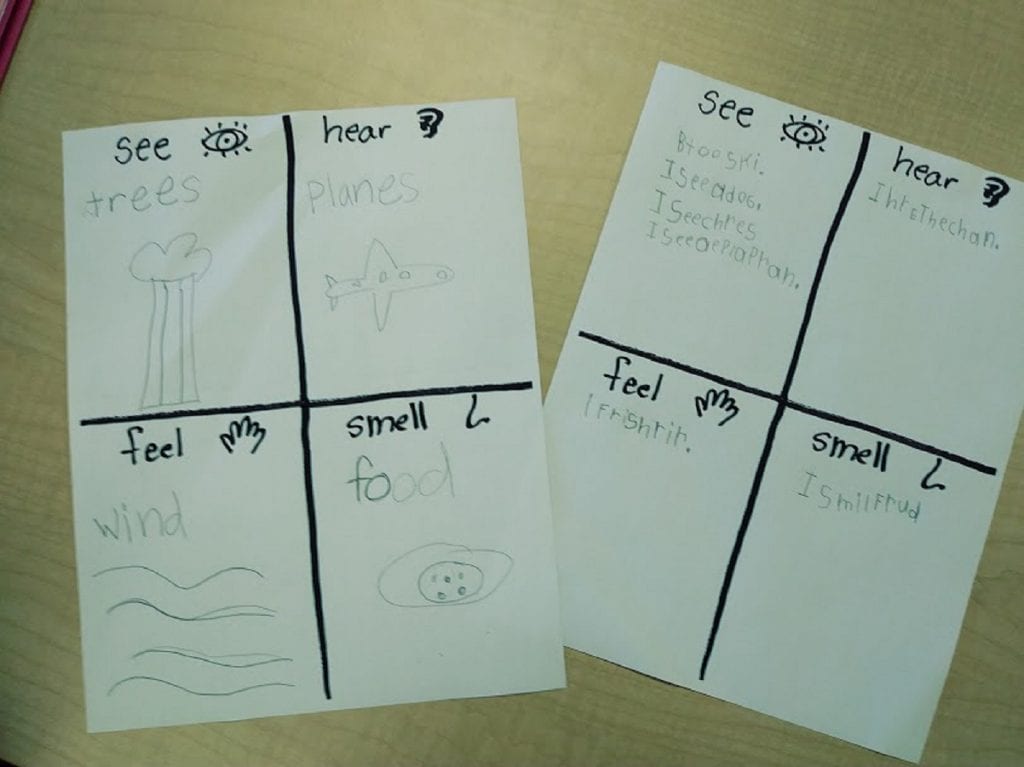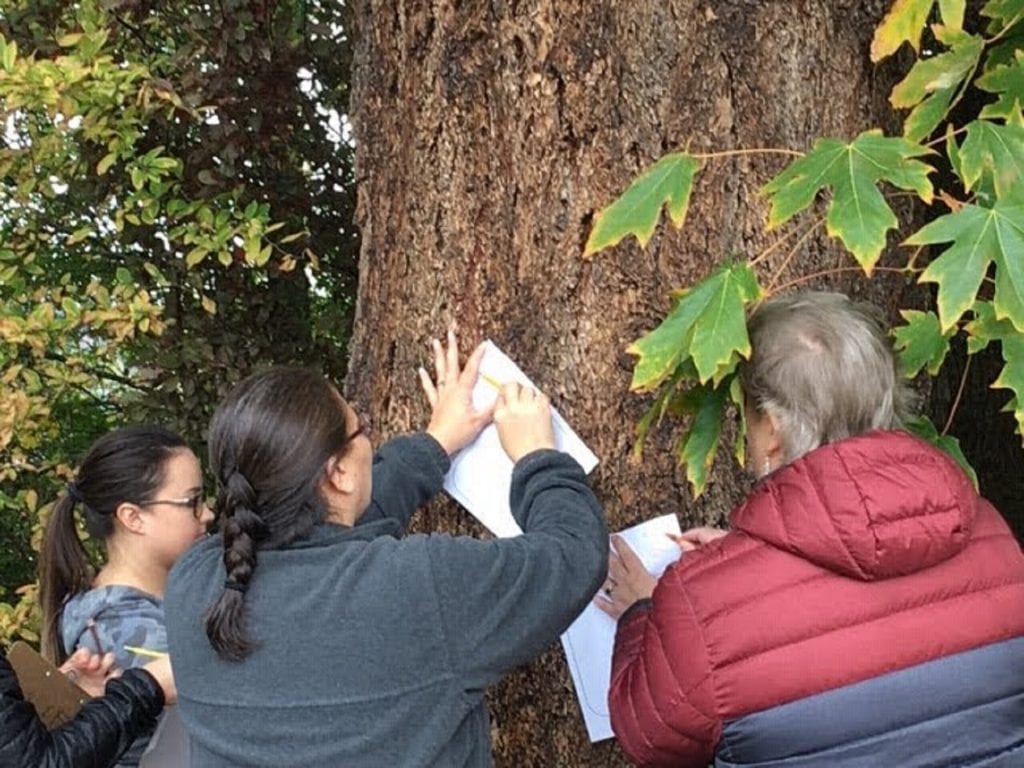As one of the increasing numbers of school districts in Washington offering dual-language programs, Puyallup School District was already ahead of the curve. Now, it has gone one step further, combining dual-language immersion with cutting edge STEM education for students as young as kindergarten age.
Over several months in early 2020, Director of Instructional Leadership for AVID, ELL & World Languages Dr. Arturo Gonzalez, Karshner Elementary School Counselor and Administrative Intern Eduardo Nunez and Puyallup High School Spanish Teacher Jason Gregory joined forces to create Spanish-language versions of K-3 Field Investigations. The outdoor field experiences are incorporated into science units in ways that make concepts and skills relevant for students.
Field Investigations are part of FieldSTEM, an educational framework developed by the Pacific Education Institute (PEI), an Olympia-based nonprofit that provides outdoor-based, locally relevant STEM professional development for teachers statewide in collaboration with regional conservation groups, nonprofits, and natural resource companies. The Puyallup District has been working with PEI for the past seven years to incorporate FieldSTEM across grade levels and subject areas.

In spring 2019, PEI conducted a series of workshops for K-3 teachers in the Puyallup District. “They wanted all of their students to have field experiences and build their outdoor observation skills,” says South Sound FieldSTEM Coordinator Hattie Osborne. “We continued doing those workshops in the fall, and then we started talking about the possibility of doing them in Spanish.”
The idea was one District Director of Instructional Leadership for Math and Science K-12 Heather McMullen could get behind. “It was a perfect fit,” says McMullen. “My goal is that by next year all 65 K-3 teachers are trained in those Field Investigation units so that they become part of our science system. Incorporating that same rigor in our dual language would ensure equity for all kids to have access to these units, not just the ones who had interested teachers.”
Enter Gonzalez, Nunez and Gregory, a team that had already worked together successfully to create the district’s dual-language program. According to Gonzalez, approximately 1,800 of the district’s 21,000 students qualify for English Language Learning (ELL) services and the majority are Spanish speakers. “If we want to improve our services, it’s natural that we would include science,” he says.
From the start, the team focused on making sure the language was age-level appropriate, consistent and would make sense for a wide variety of Spanish speakers. “We had a primary translator for each section,” says Gregory. “That person would create a draft, get some feedback and incorporate it into their translation. As a team, we checked to make sure we had the same language around scientific and academic terms. Once we had developed a common vocabulary, we divided the rest of the field investigations among us.”

The new materials will provide benefits for both teachers and students. Instead of having to translate content before using it, a laborious process, teachers can easily implement Field Investigations in the dual-language course with no extra work. “They don’t need to fill in vocabulary on their own, which would extend the amount of planning they would need,” says Gonzalez. “It also narrows the vocabulary and keeps the terminology the same for the scientific words we identified.”
Nunez points out that learning scientific terms in Spanish will allow students to build more cross-language connections because Spanish and English share many cognates, words that have a common origin. The Spanish word for science, for example, is Ciencias; both are derived from the Latin word roots ‘sci’ which means ‘to know’ and ‘ics’ which means ‘system or body of facts, knowledge or principles.’ “Having the STEM lessons in Spanish will enrich them in learning a new language and also help them build a strong foundation in their native language,” says Nunez.
Gregory agrees. “The ultimate goal of a dual language program is that students would be bi-lingual and bi-literate,” he says. “This makes the science more accessible and strengthens the literacy that we’re looking for.”
Due to the school shutdown resulting from COVID-19, the new versions of Field Investigations have not yet been implemented in classrooms, but conversations have begun about how to expand on the work already completed. The most obvious next step is to create Spanish versions of the grade 4-6 Field Investigations the district is already engaged in through PEI.

“We’re enriching and further developing what we’re doing in science,” says McMullen. “Our fourth graders visit the historic fish hatchery in Puyallup and we’re building a more rigorous unit around that than we’ve had in the past. Fifth graders go to WSU Extension Center’s Little Barn Farm and sixth graders do pond explorations and data collection at DeCoursey Park. We could create dual-language versions that run from K-6.”
But the program also has potential for other districts with high percentages of ELL students across the state, especially in Eastern Washington. “It was nice to be in a project that will impact people across the state,” says Nunez, “and maybe even further.”





































